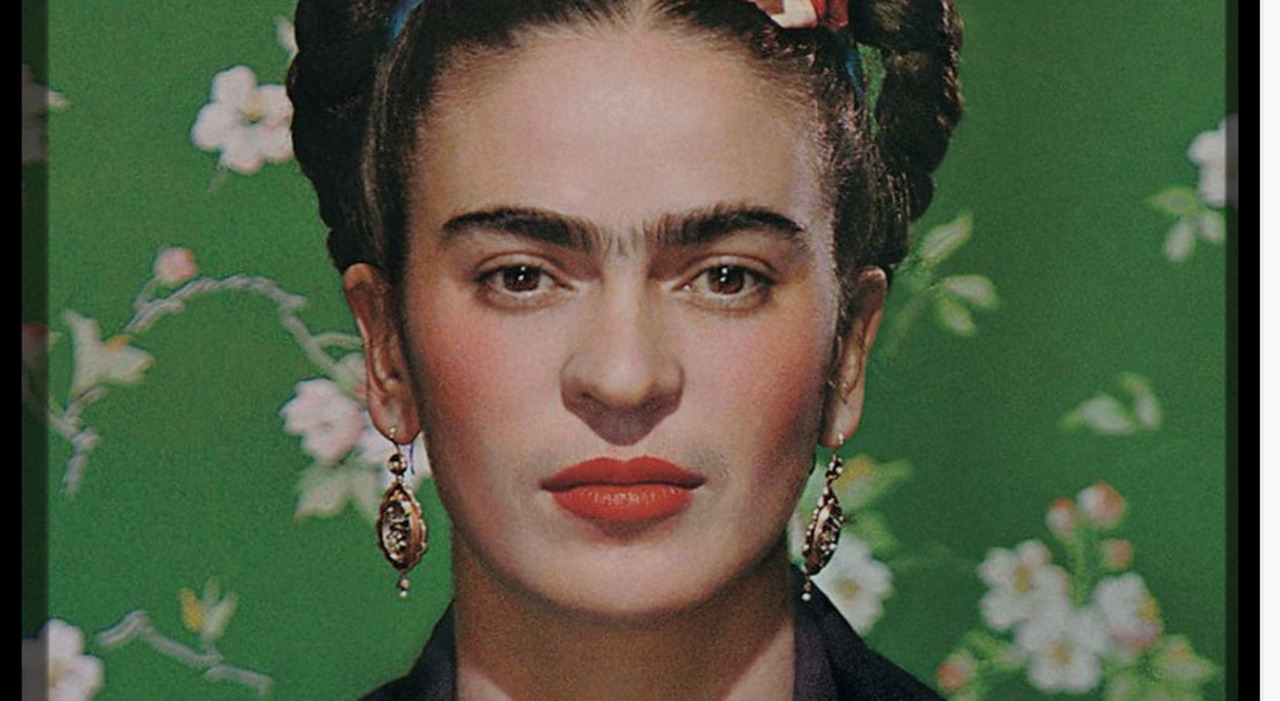Monday 29 April 2024, 11:12
It was much more than a tribute to pop art. It was the Church's convinced tribute to the unleashed power of the feminist avant-gardes who have been most committed in feminist and left-wing struggles, starting from Frida Khalo to Louise Bourgeois, the 'master' of the transfigured images of the male member and the concept of motherhood with her huge filigree sculptures shaped like spiders. Pope Bergoglio then also bowed to the genius of Corita Kent, muse of Andy Warhol, former nun who passed away in 1986, a great interpreter of the movements for human rights whose works have been posted in the internal cafeteria of the Giudecca women's prison (where the Holy See Pavilion for the Biennale was set up).
The three artists were included in a passage of the disruptive speech addressed by Francis to the artists and pronounced in the chapel dedicated to Mary Magdalene, inside the House of Detention. A full-circle reflection, almost a manifesto to unite faith with artistic research capable of outlining a better world, without racism, xenophobia, exclusions of any kind. 'Selfishness makes us function as solitary islands, rather than as collaborative archipelagos. I implore you dear friends - said Francesco - imagine cities that do not yet exist on the geographical map, cities where no human being is considered a stranger.' It is therefore a philosophy proposed to overturn the concept of 'foreigner everywhere' because the artistic genius always knows how to go beyond the pre-established schemes, the clichés that hamper the solutions, even those within reach. 'Artists are called to go beyond.' Exactly as the three inspirers who have taught at different times in the twentieth century to listen to pain in a unique form. 'I think of Frida Khalo, Corita Kent, or Louise Bourgeois and many others. I sincerely hope that contemporary art can open our eyes, helping us to adequately value the contribution of women, as co-protagonists of the human adventure.'
It is the first time that a pontiff mentions in a speech these three often provocative and discussed exponents, thus breaking down another wall. The relationship of the Church with contemporary art - and with the avant-gardes - has not always been constant and smooth, indeed. Only with Paul VI, at the end of the 1960s and after the Second Vatican Council, did we begin to re-establish connections that were thought to be broken forever. 'In the preceding decades, there had been talk of a divorce also caused by the Church's difficulty in understanding and accepting the autonomy of art, which rightly does not accept to act as a mere sounding board for others' words' explained Cardinal Josè Tolentino de Mendonca, 'minister' of the Vatican for Culture and promoter of the Pavilion in the Venetian prison.
Now it is a team effort destined to move forward by uniting spiritual codes with the algebra of creativity. 'This Pavilion is the testimony, we have indeed not sought the most comfortable artists, to build a trench or isolate ourselves in a vision. On the contrary, the invitation is that everyone sees with their own eyes, in this sense we have chosen to be tenants and neighbors, rather than landlords.'
© ALL RIGHTS RESERVED
This article is automatically translated
